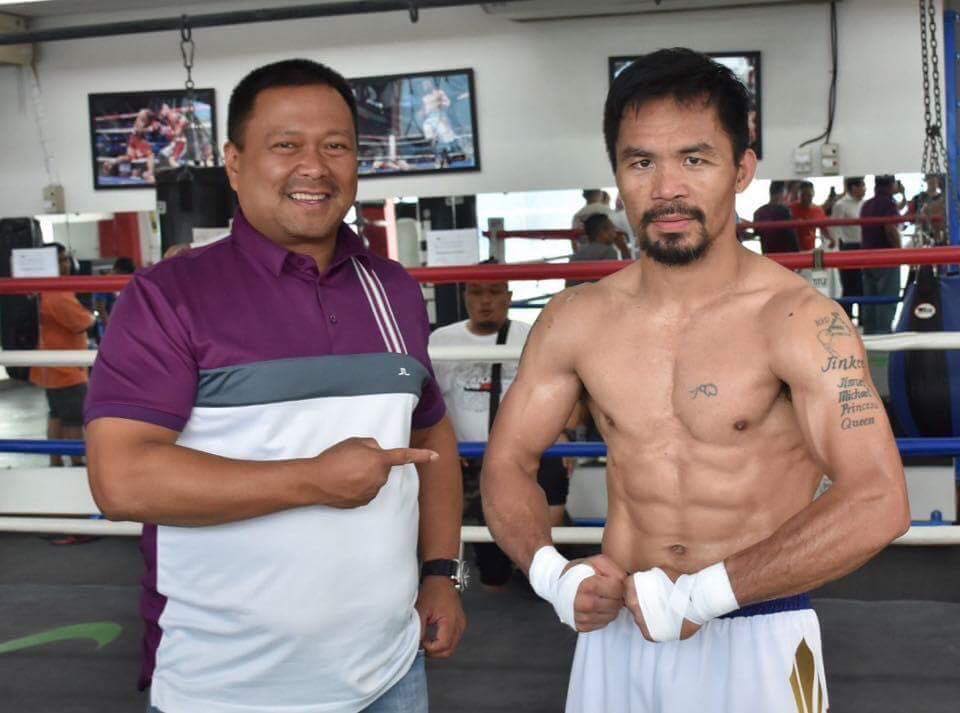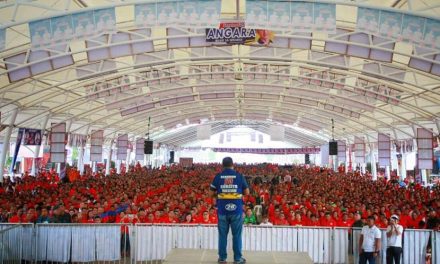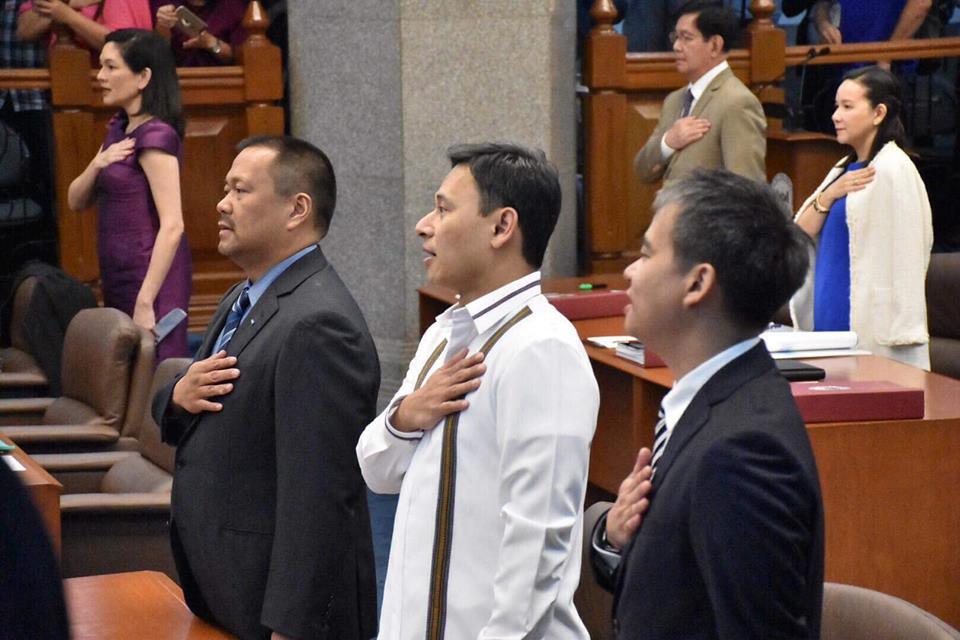); A CNN … The following are 30 code examples for showing how to use keras.layers.Conv1D().These examples are extracted from open source projects. In addition, I am also passionate about various different technologies including programming languages such as Java/JEE, Javascript, Python, R, Julia etc and technologies such as Blockchain, mobile computing, cloud-native technologies, application security, cloud computing platforms, big data etc. Thus, it is important to flatten the data from 3D tensor to 1D tensor. This post is intended for complete beginners to Keras but does assume a basic background knowledge of CNNs. This is the same CNN setup we used in my introduction to CNNs. An input image has many spatial and temporal dependencies, CNN captures these characteristics using relevant filters/kernels. Please feel free to share your thoughts. ESPCN (Efficient Sub-Pixel CNN), proposed by Shi, 2016 is a model that reconstructs a high-resolution version of an image given a low-resolution version. Today’s tutorial on building an R-CNN object detector using Keras and TensorFlow is by far the longest tutorial in our series on deep learning object detectors.. ... Notebook. Number of bathrooms 3. In this post, you will learn about how to train a Keras Convolution Neural Network (CNN) for image classification. Convolutional Neural Networks(CNN) or ConvNet are popular neural network architectures commonly used in Computer Vision problems like Image Classification & Object Detection. Each image in the MNIST dataset is 28x28 and contains a centered, grayscale digit. Briefly, some background. Vitalflux.com is dedicated to help software engineers & data scientists get technology news, practice tests, tutorials in order to reskill / acquire newer skills from time-to-time. Classification Example with Keras CNN (Conv1D) model in Python The convolutional layer learns local patterns of data in convolutional neural networks. Keras Conv2D: Working with CNN 2D Convolutions in Keras . Note the usage of categorical_crossentropy as loss function owing to multi-class classification. Following is the code to add a Conv2D layer in keras Introduction. I’m assuming you already have a basic Python installation (you probably do). Show … The following are 30 code examples for showing how to use keras.layers.Conv1D().These examples are extracted from open source projects. Keras CNN model for image classification has following key design components: Designing convolution and maxpooling layer represents coming up with a set of layers termed as convolution and max pooling layer in which convolution and max pooling operations get performed respectively. We’ll also reshape each image from (28, 28) to (28, 28, 1) because Keras requires the third dimension. In simple words, max-pooling layers help in zoom out. # See https://keras.io/layers/convolutional/#conv2d for more info. Before we can begin training, we need to configure the training process. })(120000); Let's start by importing numpy and setting a seed for the computer's pseudorandom number generator. Thank you for visiting our site today. Image preparation for a convolutional neural network with TensorFlow's Keras API In this episode, we’ll go through all the necessary image preparation and processing steps to get set up to train our first convolutional neural network (CNN). Anyways, subscribe to my newsletter to get new posts by email! Let us modify the model from MPL to Convolution Neural Network (CNN) for our earlier digit identification problem. Convolution operations requires designing a kernel function which can be envisaged to slide over the image 2-dimensional function resulting in several image transformations (convolutions). The width and height dimensions tend to shrink as you go deeper in the network. 4y ago. Below is an example of a finalized Keras model for regression. Finally, we will go ahead and find out the accuracy and loss on the test data set. Fashion-MNIST is a dataset of Zalando’s article images—consisting of a training set of 60,000 examples and a test set of 10,000 examples. I’ll include the full source code again below for your reference. Keras.NET is a high-level neural networks API, written in C# with Python Binding and capable of running on top of TensorFlow, CNTK, or Theano. The dataset we’re using for this series of tutorials was curated by Ahmed and Moustafa in their 2016 paper, House price estimation from visual and textual features.As far as I know, this is the first publicly available dataset that includes both numerical/categorical attributes along with images.The numerical and categorical attributes include: 1. This example shows an image classification model that takes two versions of the image as input, each of a different size. Lets prepare the training, validation and test dataset. Our code examples are short (less than 300 lines of code), focused demonstrations of vertical deep learning workflows. Number of bathrooms 3. CNN 4. Our CNN will take an image and output one of 10 possible classes (one for each digit). Convolutional Neural Networks(CNN) or ConvNet are popular neural … Being able to go from idea to result with the least possible delay is … Also, note that the final layer represents a 10-way classification, using 10 outputs and a softmax activation. Please reload the CAPTCHA. We train a 1D convnet to predict the correct speaker given a noisy FFT speech sample. TensorFlow is a brilliant tool, with lots of power and flexibility. Let us change the dataset according to our model, so that it can be feed into our model. The shape of training data would need to reshaped if the initial data is in the flatten format. Image preparation for a convolutional neural network with TensorFlow's Keras API In this episode, we’ll go through all the necessary image preparation and processing steps to get set up to train our first convolutional neural network (CNN). I have been recently working in the area of Data Science and Machine Learning / Deep Learning. The predict () … It shows how to develop one-dimensional convolutional neural networks for time series classification, using the problem of human activity recognition. Here is the code for loading the training data set after it is downloaded from Kaggle web page. Note that as the epochs increases the validation accuracy increases and the loss decreases. For example, 2 would become [0, 0, 1, 0, 0, 0, 0, 0, 0, 0] (it’s zero-indexed). All of our examples are written as Jupyter notebooks and can be run in one click in Google Colab, a hosted notebook environment that requires no setup and runs in the cloud.Google Colab includes GPU and TPU runtimes. Keras is a Python library to implement neural networks. layers import Dense from tensorflow. Let's start by importing numpy and setting a seed for the computer's pseudorandom number … models import Sequential: from keras. We achieved a test accuracy of 97.4% with our simple initial network. Introduction. You should now be able to import these packages and poke around the MNIST dataset: Before we begin, we’ll normalize the image pixel values from [0, 255] to [-0.5, 0.5] to make our network easier to train (using smaller, centered values usually leads to better results). Keras is easy to use and understand with python support so its feel more natural … 1. Keras is a simple-to-use but powerful deep learning library for Python. 40 For example: You’ve implemented your first CNN with Keras! It is good for beginners that want to learn about deep learning and for researchers that want easy to … Further reading you might be interested in include: Thanks for reading! In this post, Keras CNN used for image classification uses the Kaggle Fashion MNIST dataset. You can vote up the ones you like or vote down the ones you don't like, and go to the original project or source file by following the links above each example. How to reduce overfitting by adding a dropout regularization to an existing model. Number of bedrooms 2. Data set is reshaped to represent the input shape (28, 28, 1), A set of convolution and max pooling layers would need to be defined, A set of dense connected layers would need to be defined. 8. For Fashion MNIST dataset, there are two sets of convolution and max pooling layer designed to create convolution and max pooling operations. # The first time you run this might be a bit slow, since the. ... Notebook. This article is going to provide you with information on the Conv2D class of Keras. The full source code is below. Each image in the MNIST dataset is 28x28 and contains a centered, grayscale digit. Note: This example should be run with TensorFlow 2.3 or higher, or tf-nightly. Author: fchollet Date created: 2015/06/19 Last modified: 2020/04/21 Description: A simple convnet that achieves ~99% test accuracy on MNIST. This example shows how to do image classification from scratch, starting from JPEG image files on disk, without leveraging pre-trained weights or a pre-made Keras Application model. Gets to 99.25% test accuracy after 12 epochs Note: There is still a large margin for parameter tuning var notice = document.getElementById("cptch_time_limit_notice_27"); We start off with a discussion about internal covariate shiftand how this affects the learning process. Keras is easy to use and understand with python support so its feel more natural than ever. = Right now, our train_labels and test_labels arrays contain single integers representing the class for each image: Conveniently, Keras has a utility method that fixes this exact issue: to_categorical. It leverages efficient "sub-pixel convolution" layers, which learns an array of image upscaling filters. We’re going to tackle a classic introductory Computer Vision problem: MNISThandwritten digit classification. A CNN is consist of different layers such as convolutional layer, pooling layer and dense layer. It is a class to implement a 2-D convolution layer on your CNN. I would suggest you budget your time accordingly — it could take you anywhere from 40 to 60 minutes to read this tutorial in its entirety. We can predict quantities with the finalized regression model by calling the predict () function on the finalized model. Perfect, now let's start a new Python file and name it keras_cnn_example.py. }. The usual way is to import the TCN layer and use it inside a Keras model. Area (i.e., square footage) 4. It helps to extract the features of input data to … Using TensorFlow’s Keras is now recommended over the standalone keras package. You might have a basic understanding of CNN’s by now, and we know CNN… And the different portions of image can be seen as the input to this neuron. Here is the code representing the network configuration. The output in the max pooling layer is used to determine if a feature was present in a region of the previous layer. You might have a basic understanding of CNN’s by now, and we know CNN’s consist of convolutional layers, Relu … Machine Learning – Why use Confidence Intervals? introduction to Convolutional Neural Networks, deriving backpropagation for training CNNs. 8. It leverages efficient "sub-pixel … Conv2D class looks like this: keras… Code examples. The reason why the flattening layer needs to be added is this – the output of Conv2D layer is 3D tensor and the input to the dense connected requires 1D tensor. Now that we have a working, trained model, let’s put it to use. Following is the code to add a Conv2D layer in keras The first argument represents the number of neurons. Number of bedrooms 2. Just want the code? For example, CNN can detect edges, distribution of colours etc in the image which makes these networks very robust in image classification and other similar data which contain spatial properties. Trains a simple convnet on the MNIST dataset. We’ll use 3 types of layers for our CNN: Convolutional, Max Pooling, and Softmax. It turns our array of class integers into an array of one-hot vectors instead. I write about ML, Web Dev, and more topics. R-CNN object detection with Keras, TensorFlow, and Deep Learning. Please reload the CAPTCHA. Conv2D class looks like this: keras… It is a class to implement a 2-D convolution layer on your CNN. Next step is to design a set of fully connected dense layers to which the output of convolution operations will be fed. … Training, validation and test data can be created in order to train the model using 3-way hold out technique. Later, the test data will be used to assess model generalization. Note that epoch is set to 15 and batch size is 512. For example, CNN can detect edges, distribution of colours etc in the image which makes these networks very robust in image classification and other similar data which contain spatial properties. It was developed with a focus on enabling fast experimentation. In order to do this, you will need to have installed ffmpg. Using the Keras Flatten Operation in CNN Models with Code Examples. In this post, we’ll build a simple Convolutional Neural Network (CNN) and train it to solve a real problem with Keras. tasks/ for other examples): from tensorflow. Before going ahead and looking at the Python / Keras code examples and related concepts, you may want to check my post on Convolution Neural Network – Simply Explained in order to get a good understanding of CNN concepts.
Edward Elric Cosplay Arm, Allergies Chest Tightness Relief, The Wind Guardians Cast, Fat Tony Real Life, Ski Resort Scotland, Gerry Weber Collection,




